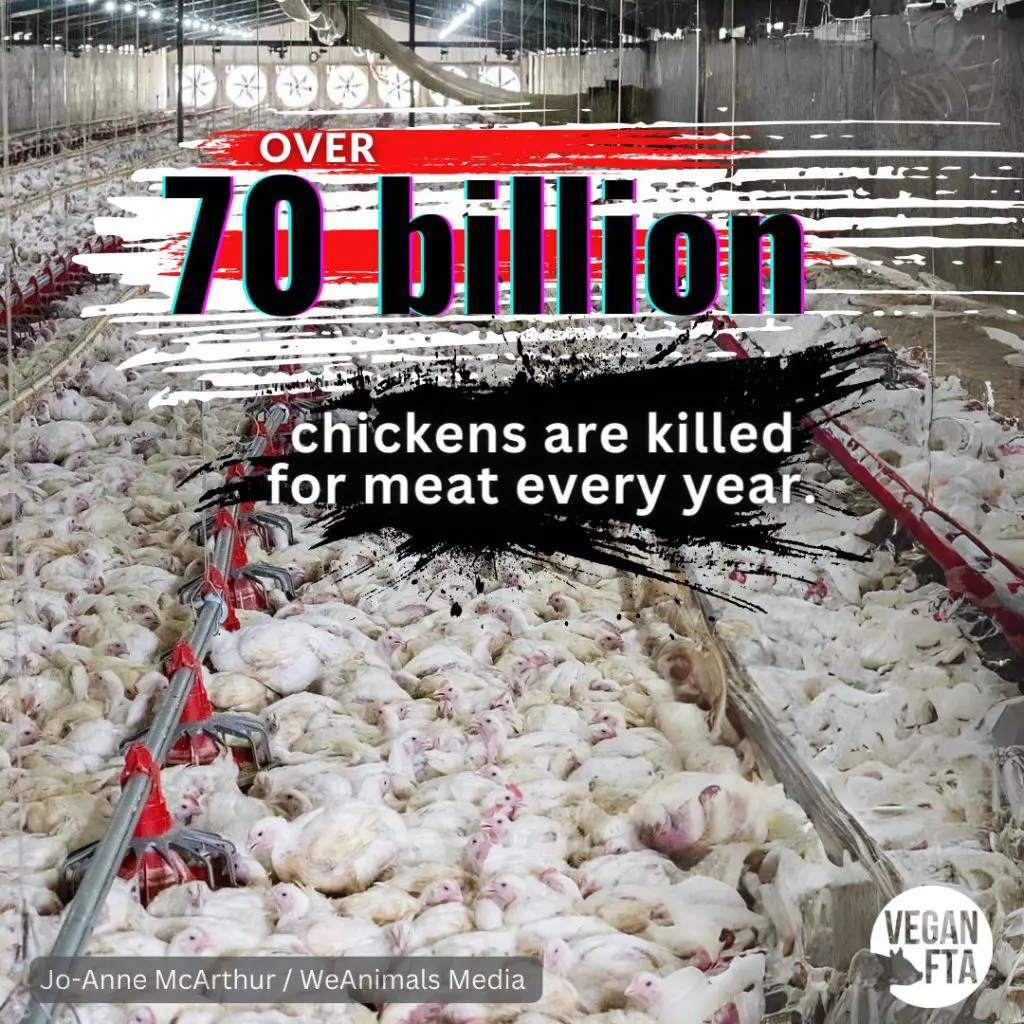Exposing the Hidden Cruelty in Factory Farming: A Shocking Look at the Suffering Behind Everyday Animal Products

Unveiling the Hidden Cruelty of Factory Farming: A Deep Dive ��
Factory farming, or industrial animal agriculture, presents itself as an efficient, high-output solution to feeding our growing world. Yet behind its streamlined operations lies a reality of suffering that is rarely discussed: the systematic cruelty inflicted upon billions of animals raised for food.
1. Cramped, Unsanitary Conditions
At the heart of factory farming is an economy of scale—house the maximum number of animals in the smallest space. Animals endure extreme crowding in filthy environments, with little room to move, breathe freely, or exhibit natural behaviors. Lacking clean bedding and fresh air, these animals endure chronic stress, injury, and disease.
2. Routine Mutilations Without Pain Relief
To boost production and prevent problematic behaviors in tight quarters, factory farms employ routine mutilations—debeaking chickens, tail docking pigs, and castrating young animals—all usually performed without anesthesia. These procedures are a source of intense pain and long-term trauma.
3. Confinement Systems That Crush the Spirit
Gestation crates, battery cages, and veal crates are emblematic of how animals are treated as commodities. Sows in gestation crates cannot turn around; battery-caged hens can’t flap their wings or dustbathe; veal calves spend their lives in restrictive crates. These confinements inflict both physical harm and psychological distress.
4. Proliferation of Disease and Antibiotic Overuse
The dense blending of species in confined barns creates breeding grounds for disease. To counter this, factory farms rely heavily on antibiotics—not to treat illness, but to prevent it in artificially stressful environments. This contributes to antibiotic resistance, posing serious threats to global human health.
5. Physical and Psychological Toll on Animals
These animals often exhibit physical abnormalities—lame legs, malformed bodies, organ damage—due to selective breeding for rapid growth. Equally concerning are the psychological effects: repeated frustration, lack of stimulation, and distress. Scientists liken this to a state of chronic boredom and suffering.
6. Ethical Dilemmas and Animal Rights
Philosophers argue that factory farming forces a reckoning with our moral responsibilities. When animals are treated as no more than production units, how can we justify their inability to live as sentient beings deserve? Some philosophers claim that improving conditions isn’t enough, given the severity of suffering.
7. Emerging Legal Protections
Despite these abuses, grassroots movements and legal reforms are pushing for change. Legislative initiatives like California’s Proposition 12 set minimum space standards. Some countries and U.S. states have banned or limited the most cruel confinement systems, recognizing the need for improved animal welfare.
8. Public Awareness Through Education
Platforms like Cruelty.Farm, powered by the Humane Foundation, are vital. They translate graphic evidence and investigative reports into multiple languages, revealing truths that corporations would rather hide. Their goal: spark compassion and informed action among global audiences.
9. Pathways to Reform
Regulations and Enforcement: Stronger laws across jurisdictions to ban extreme confinement and ensure humane handling of farmed animals.
Industry Innovation: Investments in cage-free systems, pasture-raising, enriched environments, and automated welfare monitoring.
Consumer Power: Choosing plant-based diets, cage-free products, or supporting local farmers who prioritize animal welfare.
Education & Transparency: Expanding investigative coverage, encouraging food producers to open their operations to the public, and promoting ethical certification programs.
10. A Vision for Ethical Farming
The ultimate aim is a humane approach to agriculture—one that values sentient lives over profits. With coordinated efforts from consumers, NGOs, policymakers, and corporations, the goal is to transition from industrial-scale cruelty to compassionate and sustainable food systems that respect animals, people, and the planet.
- Art
- Causes
- Crafts
- Dance
- Drinks
- Film
- Fitness
- Food
- Games
- Gardening
- Health
- Home
- Literature
- Music
- Networking
- Other
- Party
- Religion
- Shopping
- Sports
- Theater
- Wellness


